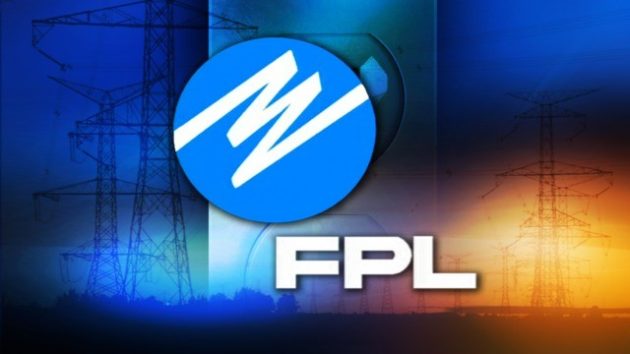Florida Power & Light’s crazy definition of “Fair”
A response to the letter in the Palm Beach Post by Rob Gould, Vice President and Chief Communications Officer for Florida Power & Light (FPL), on costly non-standard smart meters.
Just an examination of one portion of FPL’s non-standard meter fees gives you a glimpse of FPL’s version of “fair”. When a customer goes into collection and gets disconnected for non-payment there is a charge of $17.66. That same amount can be traced back to 2002, so it tells you it is “cross-subsidized”. The actual costs per FPL’s rate case filing for its test year 2013 is $46.13, so the cross subsidy is $28.47. FPL assumed 490K transactions, so $14 million in annual cross-subsidies are baked into the rates that all customers pay. They don’t come out until the next rate case in 2017.
FPL claims their deployment is over and the cost of doing collection disconnect/reconnects is now lower as they can do these remotely with smart meters. They want to charge all customers enrolling in their non-standard meter program $.45/month or $5.40 a year to pay incremental costs regardless of whether you go into collection or not. They developed a new cross-subsidy. They calculate that cross subsidy by taking a new cost of service of $59.27 and subtracting the existing $17.66 tariff, conveniently forgetting they already received $28.47 for these services in rates awarded in the 2012 rate case. They also asked the FPSC and everyone to ignore that the new cost of service for the smart meter customer is about $7.12 and they want to continue charging them $17.66, collecting approximately $5 million more per year than it actually costs.
Bottom line: FPL keeps cross-subsidies no longer needed for $14 million a year and overcharges smart meter customer $5 million a year until next rate case in 2017 – and that’s called “regulatory lag”. In addition, they want $65K more from non-standard meter customers because they are “cost-causers”. You could repeat this example with other parts of the “NSMR” tariff just approved.
Only in the corrupt halls of the Florida Public Service Commission, could a Company such as FPL, get awarded in January 2013 a rate increase and not share one penny of the $42 million in annual operational savings promised on a very expensive project for over 3 years and then come back in August 2013 and get another $2 million in revenue from customers based on “lost savings”.
To conclude, it is not fair for FPL to request $2 million in additional revenues from some customers without refunding to ALL ratepayers the $45 million in net operational savings that they are now realizing and are not reflected in our current rates..Regulatory lag works both ways.


